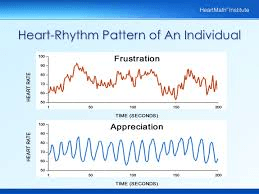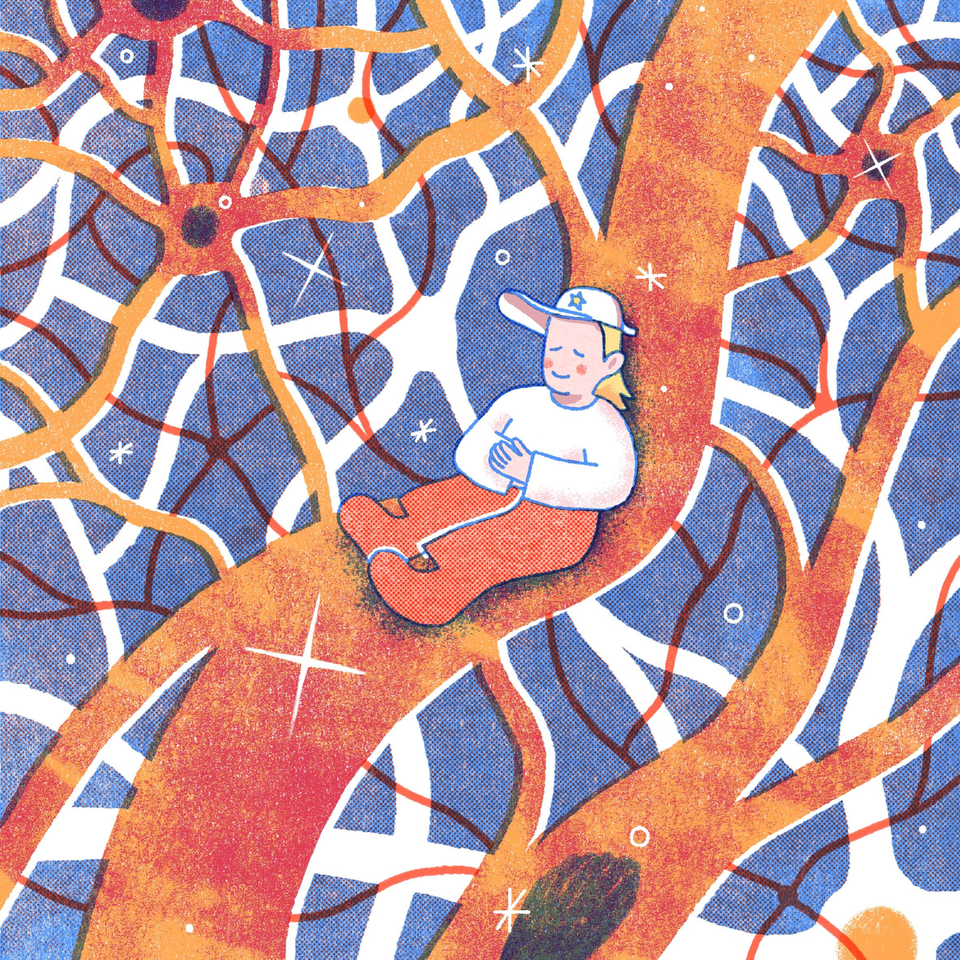Serving Tacoma - Olympia
and The South Sound Region
Our offices are temporarily closed
A Holistic Practice Based on Embodied Neuroscience, Introspective Learning, & Effective Action
Biofeedback / Neurofeedback
Biofeedback / Neurofeedback
Much like Feldenkrais Method® applications to movement improvement, Physiological Psychology, Mind-Body Medicine, and Biofeedback Techniques
are processes that enable an individual to learn how to change underlying physiological activity (usually arising from overactive stress responses, excessive rumination or worry, and hypervigilance or hyper-reactivity )
for the purposes of improving overall health and calming daily performance.
Precise body-brain-computer interface technologies & instrumentations measure selected physiological activities such as brainwaves, heart function, breathing, muscle activity and skin temperature. These instrument-computer interfaces – as biomarkers for stress responses or precursors to mood disturbance – are rapidly and accurately "fed-back" as information to the person or patient as end-user.
The presentation of this information is often accompanied by spontaneous and personally relevant discoveries which lead to changes in thinking, resilience of emotions and modulations of behavior – and these mental insights in-turn also modify the underlying physiological imbalances or emotional triggers that had become co-conditioned.
Over time, these changes can endure independent of and without the continued requirement of an instrument. You then own your new qualities of more effective responding – and automatically.
Two examples most often applied at Alliant Integral Medicine are 1) Heart Rate Variability ( HRV) biofeedback entrainment, and 2) EEG Brainwave Neurofeedback:
1) Heart-Brain-Stress Connection - Breathing, Emotions, Fluids and Flow:
During stress and negative emotions, defensive outputs from the brain elevate the heart rate signature bias, and overtime, the heart rhythm pattern can behave as erratic and disordered as if on-guard. In reciprocating fashion, this corresponding pattern of neurological signals in turn travels upward from heart to the brain - and disrupts the clarity of thought and fluidity of emotion in a hardened and rigidifying way. As an inter-linked system of communication, the interval between beats becomes over-controlled, inflexible, and less adaptable to varied conditions; and less coherent.
Being scientifically measured in frequencies of distribution between beats, scientists have discovered that higher Heart Rate Variability (HRV) and its increased coherence profile is an important indicator of greater health and fitness; to be more emotionally positive, and of enhanced physiological resiliency to more effectively adapt to everyday stress. In contrast, a lower state of HRV (i.e. less variable / more rigidified / and less coherent to changing conditions) is known and well-documented as a biomarker trend for advanced aging, ill health and disease, and premature mortality.
Fortunately, through 1) HRV Biofeedback Thought Technology / paced breathing, and 2) HeartMath coherence-building emotional appreciation techniques, it is now possible to train human beings to change the variability inherent to their heart rhythms and to optimize and restore HRV to more healthy values – thereby cultivating a youthful balance - both emotionally and physically - as a new normal for a more resilient and contented quality of inner being:
2) Audio-Visual Entrainment / EEG Neurofeedback and Meditative States:
Our brain’s function and its selected structural pathways are constantly being shaped and re-shaped by new and ongoing experience. This is the essence of neuroplasticity in how we come to learn, develop, and entrain new skillsets, languages, and mindsets. Neurofeedback is a way to train the brain through feeding back information about brain activity; it is biofeedback for the brain.
Over-arousal vs. Under-arousal of particular brainwave frequencies in certain brain areas are linked with anxiety disorders, sleep problems, hyper-vigilance / PTSD symptoms, chronic nerve pain and spasticity, depression and ADHD. The corresponding distribution of these brainwave profiles can be retrained through ‘feeding back’ information about the state of the nervous system (through visual and /or auditory representations of EEG signals) as they mirror or parallel the state of mood or consciousness being internally experienced by the client / patient as an interactive participant.
Other modulatory devices afford a respite vacation of auditory and visual input to permit the client /patient to simply check-out and attain a more passive effect toward meditative states of consciousness. Known as Audio-Visual Entrainment (AVE), these devices provide auditory and photic stimulation that augments and redirects brain wave activity – and in an entertaining and intrinsically engaging kind of way. Utilizing light and sound pulses at a specified frequency, these systems stimulate the mental activity of the end-user, leading the user's mind from normal waking consciousness to a variety of desirable states of consciousness – and especially rejuvenated and restorative ones.
ARTICLE: Science Confirms That the Vagus Nerve Is Key to Well-being
….Vagus is Latin for “wandering,” which is apt when one considers all the different parts of the body the vagus nerve reaches. “It seems like every year somebody finds a new organ or system that it talks with,” says Tiffany Field, PhD, director of the Touch Research Institute at the University of Miami School of Medicine…
Commentary from Tim Sobie:
The common denominator of effectiveness in any touch, movement, or physiological talk therapy is in influencing the shift of neurological state from sympathetic ‘fight or flight’ bias …to… parasympathetic ‘rest and digest’ atonement – and these processes are all at least partially mediated through the balance of vagal tone.
- Tim Sobie, PT, Ph.D.
© 2024
Alliant Physical Therapy & Integral Medicine






